Announcement

Due to the COVID-19 pandemic, all our offices are operating on a skeleton workforce. For inquiries, please get in touch with us via the emails listed on our contact page.
The country’s first cube satellite (CubeSat) , Maya-1, is one of the three CubeSats under the 2nd Joint Global Multi-Nation Birds Project or BIRDS-2 Project of the Kyushu Institute of Technology (Kyutech) in Japan.
One of the missions of the 1-unit (1U) CubeSat is the Store-and-Forward (S&F) System. It will collect data from ground sensor terminals within its footprint, save it, and forward the data to any member ground station.
The 10 cubic centimeter CubeSat also contains an Automatic Packet Radio Service Digipeater, which can communicate with ham radios. Maya-1 will also carry two cameras -- a wide-angle and a narrow-angle lens -- to capture images and minimum resolution videos for research purposes.
Inside Maya-1 is a low-cost Global Positioning System (GPS) commercial off-the-shelf chip, as well as a magnetometer -- a device used to measure the magnetic field in space. Maya-1 can also log data corruption incidents due to space radiation through the Single Event Latch-Up mission.
|
Class |
Cube Satellite (Cubesat) |
|
Status |
Decommissioned (November 23,2020) |
|
Mass |
1.11 kg |
|
Type |
Technology Demonstration |
|
Dimensions |
10cm x 10 cm x 10 cm (Stowed State) |
|
Payloads |
Camera, Automatic Packet Reporting System Message Digipeater (APRS-DP) payload, Global Positioning System (GPS) chip, Anisotropic Magnetoresistance Sensor |
|
Launch |
29 June 2018 via SpaceX Falcon 9 Rocket from Kennedy Space Center, Cape Canaveral, Florida |
|
Release |
10 August 2018 via International Space Station |
|
Mission |
|
November 2016
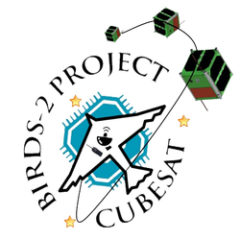
BIRDS-2 project begins
The second Joint Global Multi-nation Birds (BIRDS) project begins; Participating countries to build identical 1U Cube Satellites (CubeSats): Maya-1 (Philippines), BHUTAN-1 (Bhutan), UiTMSat-1 (Malaysia), at Kyushu Institute of Technology (Kyutech), Japan
Learn more
December 28, 2016
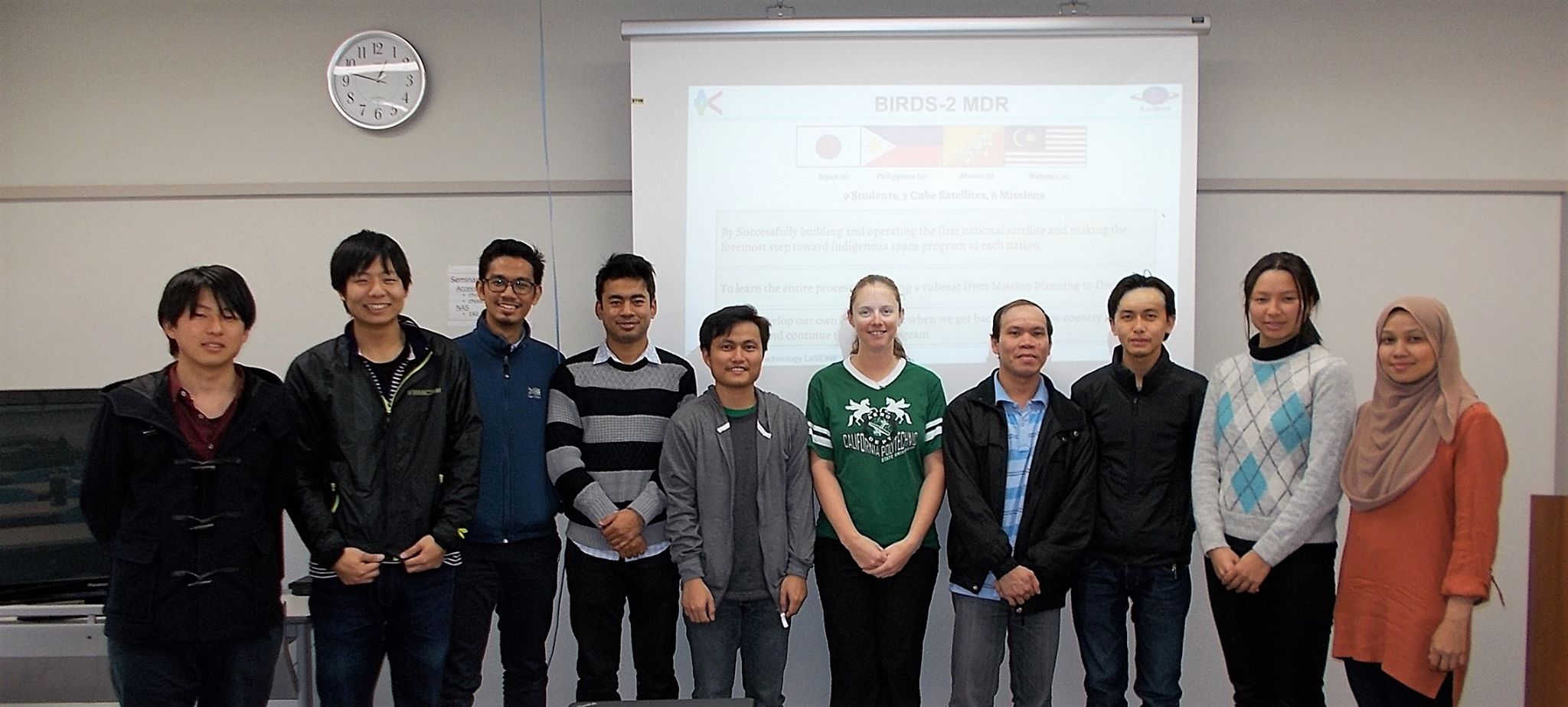
Mission Definition Review (MDR)
Teams present CubeSat mission; DOST scholars BIRDS-2 Project Manager Joven Javier (fourth from right) and Engr. Adrian Salces (fifth from right) shown with Malaysia and Bhutan teams
January 2017
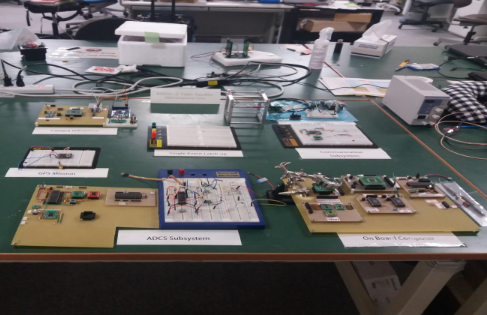
Start of Maya-1 Breadboard Model development
March 28, 2017
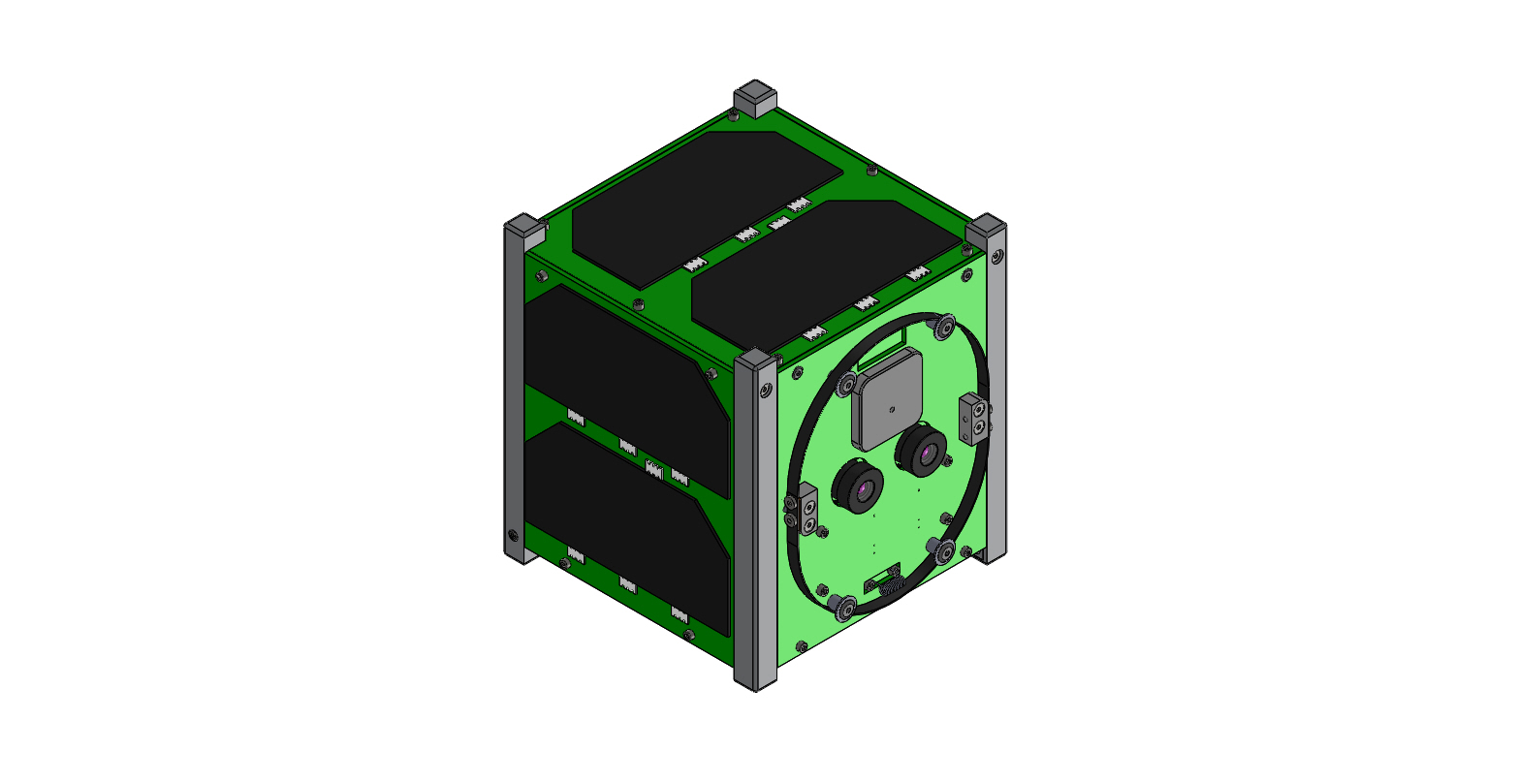
Preliminary Design Review (PDR)
April 2017
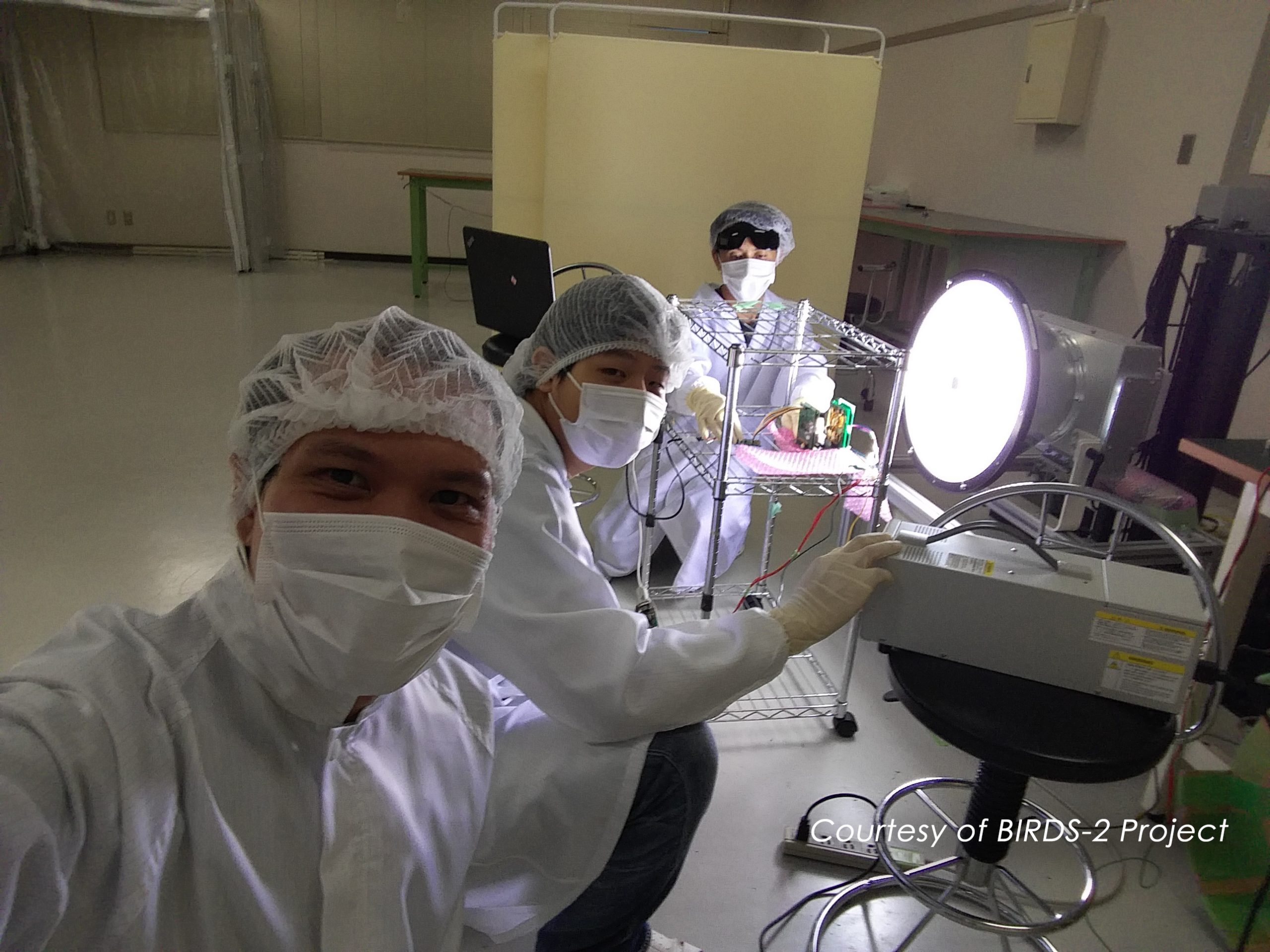
Start of Maya-1 Engineering Model (EM) I development
July 18, 2017
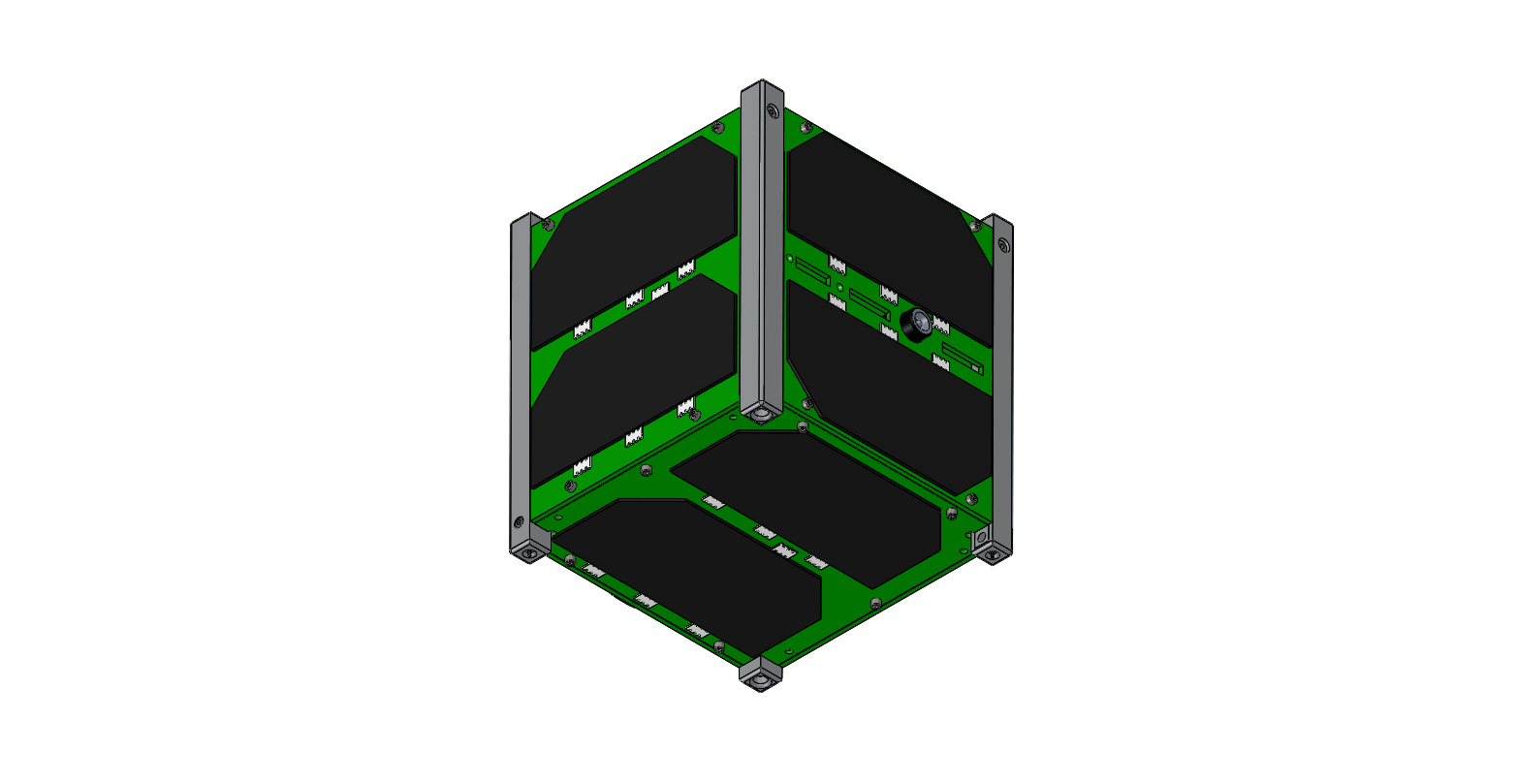
Engineering Model (EM) I Critical Design Review (CDR) I
August 2017
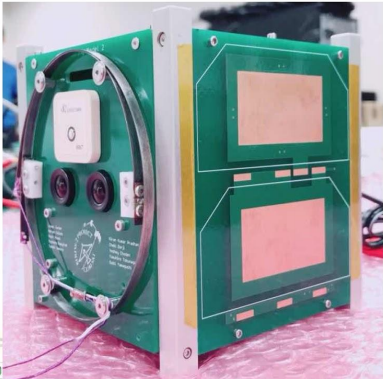
Start of Engineering Model (EM) II development
November 1, 2017

Engineering Model (EM) II Critical Design Review (CDR) II
November 2017
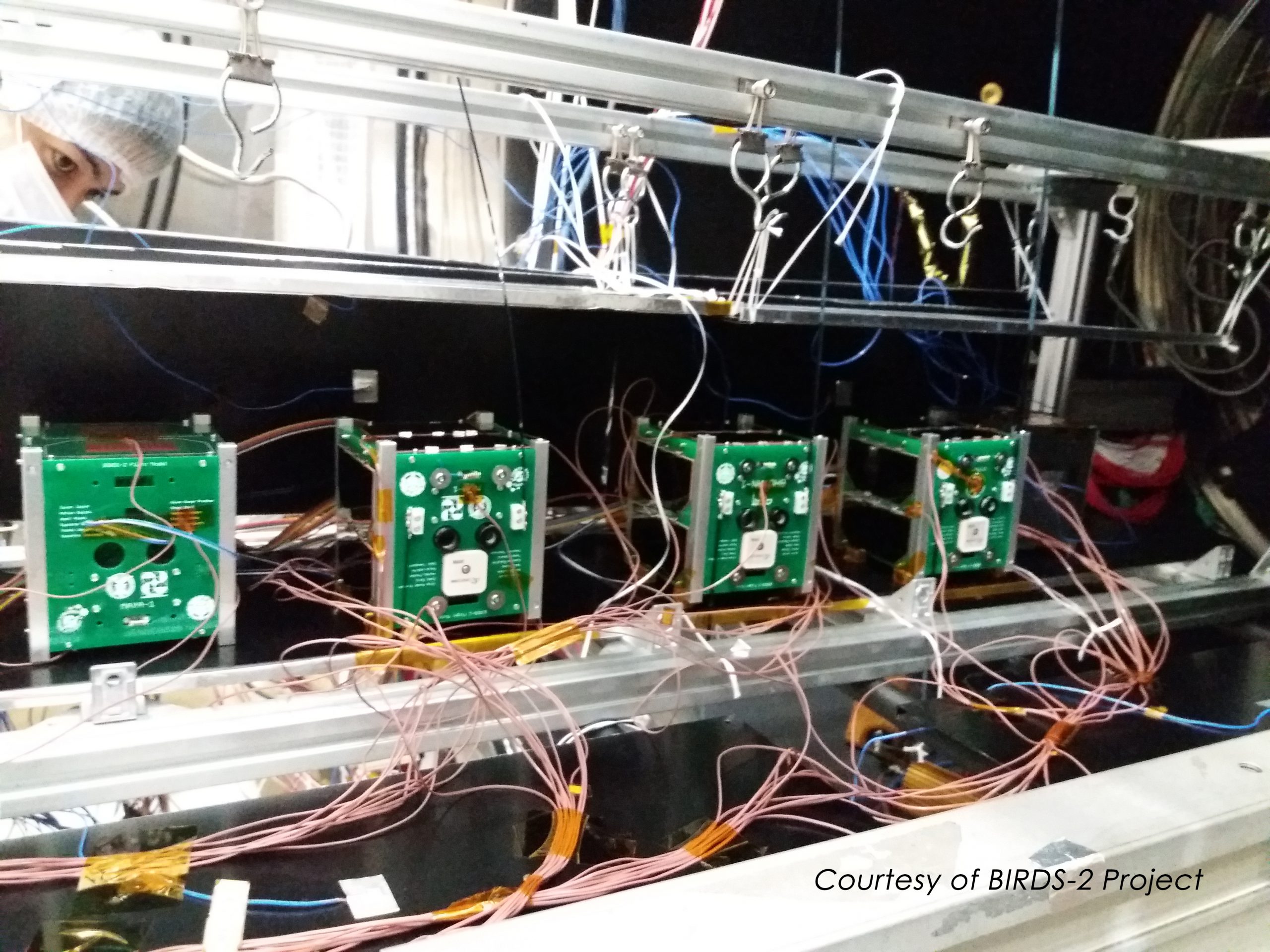
Start of Flight Model (FM) Assembly Integration and Testing (AIT)
February 26, 2018
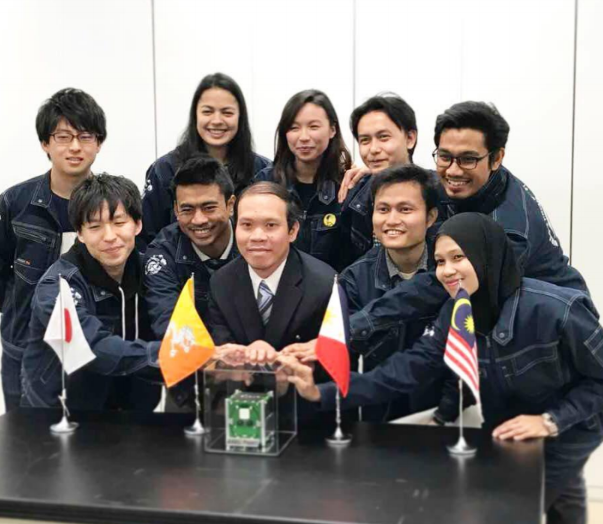
BIRDS-2 Flight Model (FM) presscon at Kyushu Institute of Technology (Kyutech), Japan
June 29, 2018
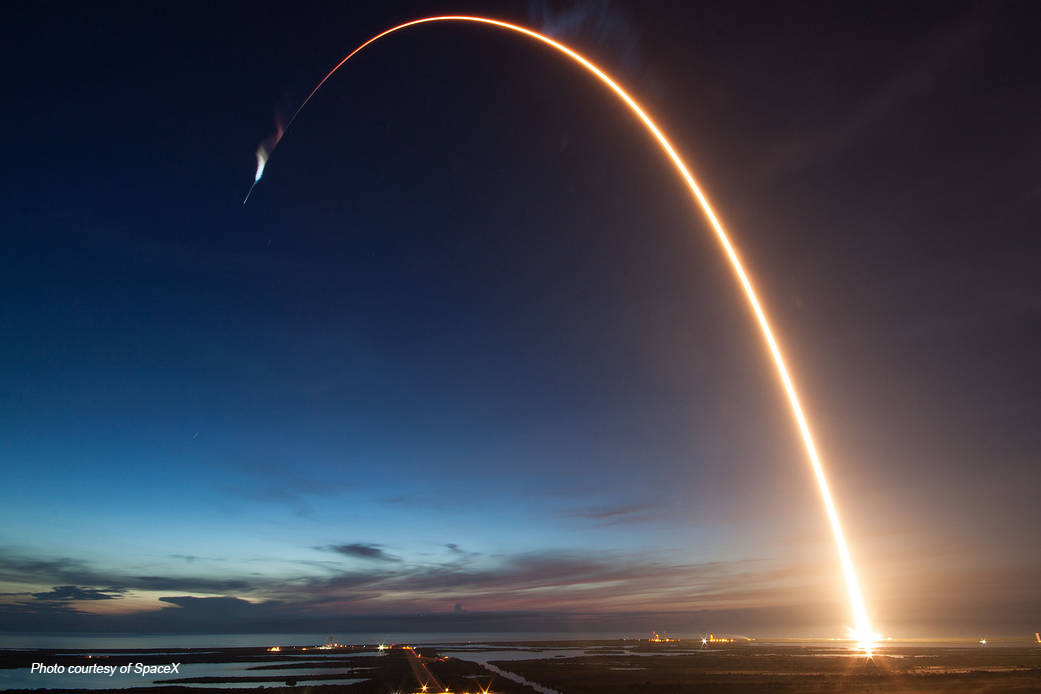
BIRDS-2 CubeSats launched to International Space Station (ISS)
Via Falcon 9 rocket from Cape Canaveral in Florida, United States as part of SpaceX CRS-15 Commercial Resupply Service mission” Learn more
August 10, 2018
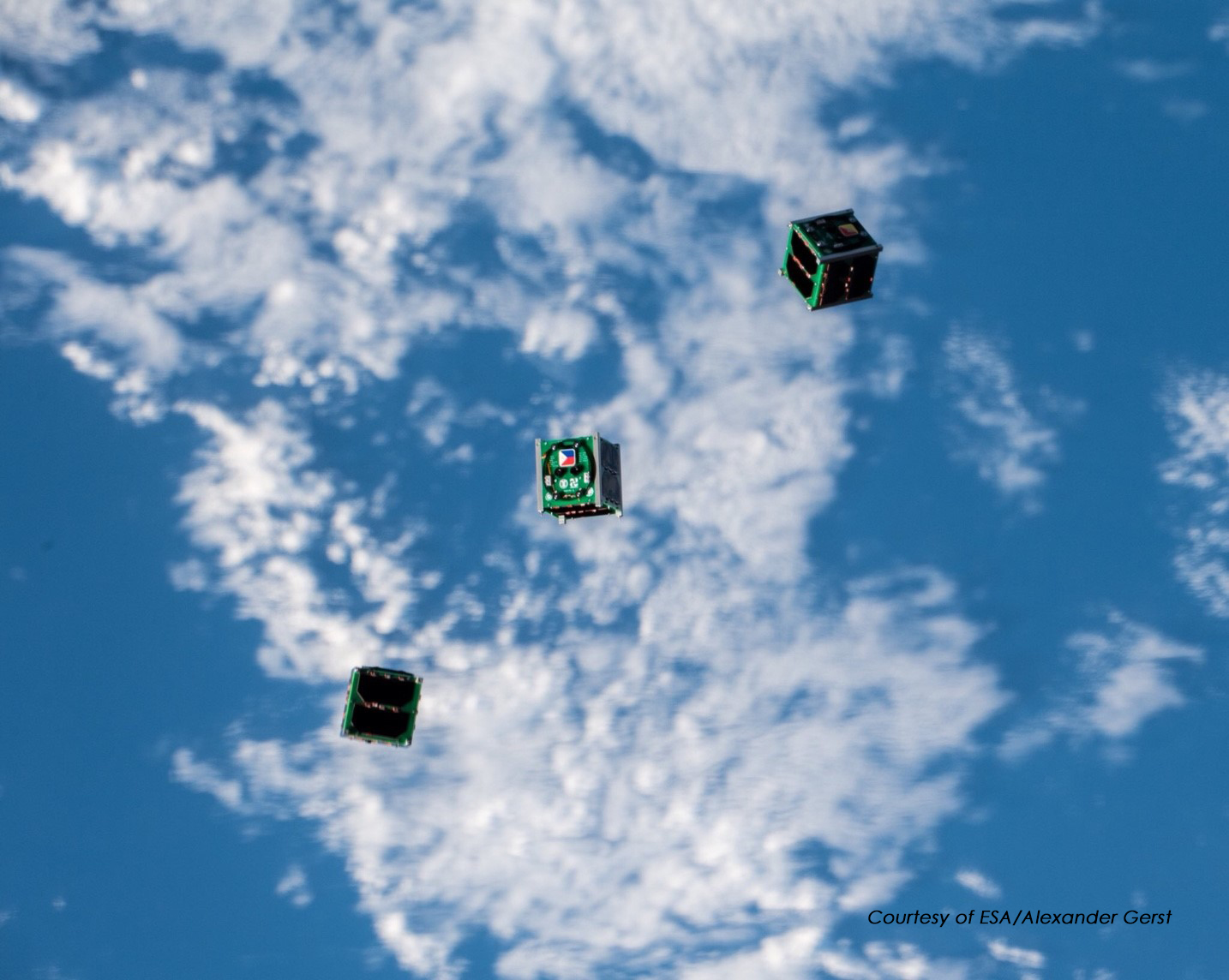
BIRDS-2 CubeSats released to space from International Space Station (ISS)
Maya-1 (Philippines), BHUTAN-1 (Bhutan), and UiTMSAT-1 (Malaysia) deployed to space via the International Space Station (ISS)’ Japanese Kibo Module.
Maya-1 1st pass over Philippines
1st pass over the country tracked and 1st beacon signal from orbit received via UP Amateur Radio Satellite Station (ARSS) Ground Station
Learn more
September 3, 2018
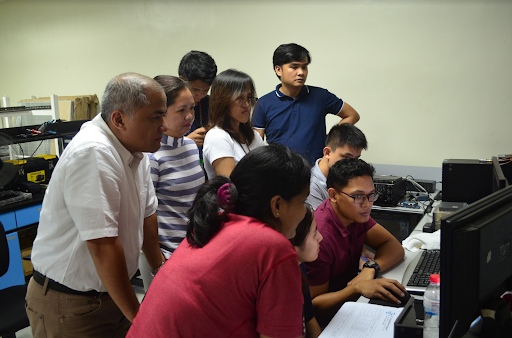

First confirmed uplink command
Acknowledgement from the Maya-1 received by downloading 100 packets of image information
June 29, 2019
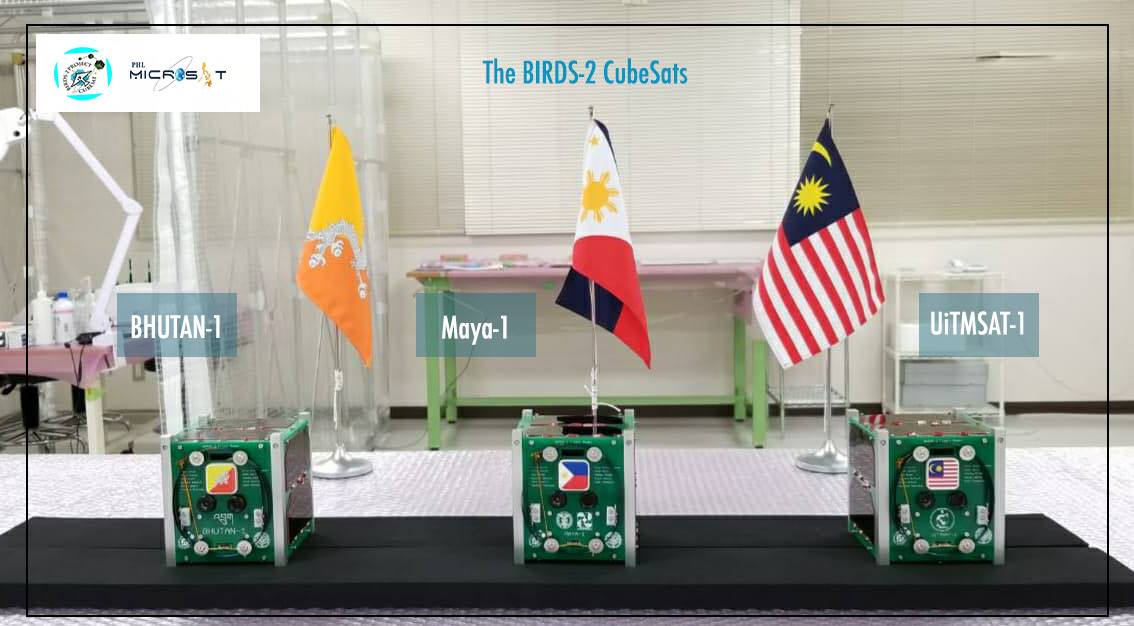

Maya-1 and BIRDS-2 CubeSats launch to International Space Stations (ISS) 1st Anniversary
August 10, 2019



Maya-1 and BIRDS-2 CubeSats release to space from International Space Station (ISS) 1st Anniversary